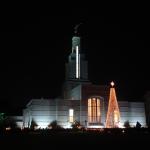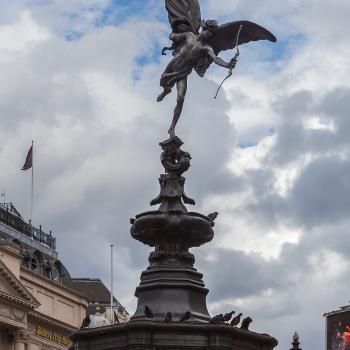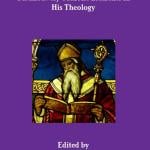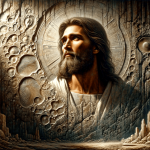The news out of Syria is stunning. The fall of Damascus and the collapse of the Baathist government there came swiftly, and what it will all mean very much remains to be seen. I will certainly shed no tears over the departure of the Assad regime, and what I’ve heard from the head of the rebels thus far is encouraging. But I remain suspicious. I hope that his seeming moderation isn’t too good to be true.
I may well have something more to say about Syria. For now, though, on to things that are both true and very, very good:
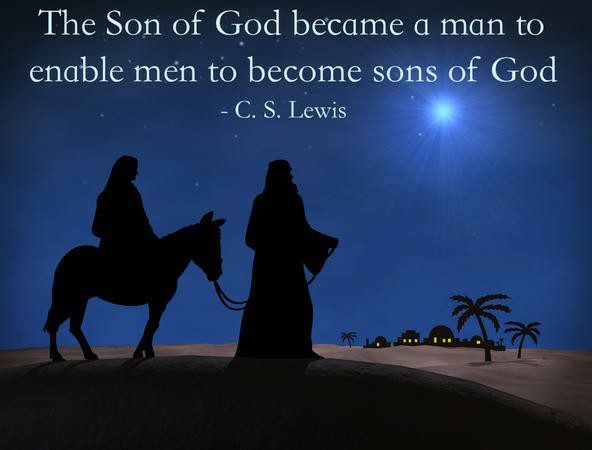
The quotation from C. S. Lewis in the image above is a close paraphrase of similar statements that have often been neglected but that are widely distributed across ancient Christianity. It is well known that Latter-day Saints teach a doctrine of “exaltation” or human deification. And I want to suggest here, in line with Brother Lewis, that the doctrine of exaltation is intimately related to the event commemorated at Christmas — and also that it was present, if not yet articulated, from the earliest days of the Restoration.
For example, 2 Nephi 32:2-3 seems to suggest an implicit doctrine of human deification in the Book of Mormon — a text from which, critics have alleged, the supposedly Nauvoo-period teaching of human exaltation is wholly absent:
Do ye not remember that I said unto you that after ye had received the Holy Ghost ye could speak with the tongue of angels? And now, how could ye speak with the tongue of angels save it were by the Holy Ghost?
Angels speak by the power of the Holy Ghost; wherefore, they speak the words of Christ.
A far clearer passage in that respect,, though, is 3 Nephi 28:10, where the Nephite disciples are promised that “ye shall be even as I am, and I am even as the Father; and the Father and I are one.”
I see this as a close analogy to the transitive property of equivalence known from mathematics — according to which, if a = b and b = c, it necessarily follows that a = c. Thus, if the disciples will be like the Son, and the Son is like the Father, the disciples will be like the Father.
And there can be no disputation about the fact that a doctrine of human deification is present in the written account of Joseph Smith’s and Sidney Rigdon’s vision of the three degrees of glory in February 1832, less than two years after the founding of the Church and more than twelve years prior to 7 April 1844, when Joseph gave his famous King Follet Discourse in Nauvoo:
They are they into whose hands the Father has given all things—They are they who are priests and kings, who have received of his fulness, and of his glory; and are priests of the Most High, after the order of Melchizedek, which was after the order of Enoch, which was after the order of the Only Begotten Son.
Wherefore, as it is written, they are gods, even the sons of God—Wherefore, all things are theirs, whether life or death, or things present, or things to come, all are theirs and they are Christ’s, and Christ is God’s. And they shall overcome all things. (Doctrine and Covenants 76:55-60)

This report is very gratifying: “Responding to the call of a Prophet: More missionaries serving, more people joining the Church: ‘The reality is more people are coming to the Church of Jesus Christ than we’ve seen in decades’”
And this story is amusing: “BYU quarterback Jake Retzlaff lands unique NIL deal with Jewish food company Manischewitz”
Finally, this might be helpful to you in your effort to keep Christ front and center in your observance of Christmas: “The Church Launches a 24/7 Christmas Stream of Christ-Centered Messages and Music”
On December 1, The Church of Jesus Christ of Latter-day Saints launched a 24/7 stream of Christmas content on the Gospel Stream app.
During the entire month of December, the Christ-centered messages and music will be streamed continuously 24 hours a day, seven days a week, for people to watch and listen to anytime.
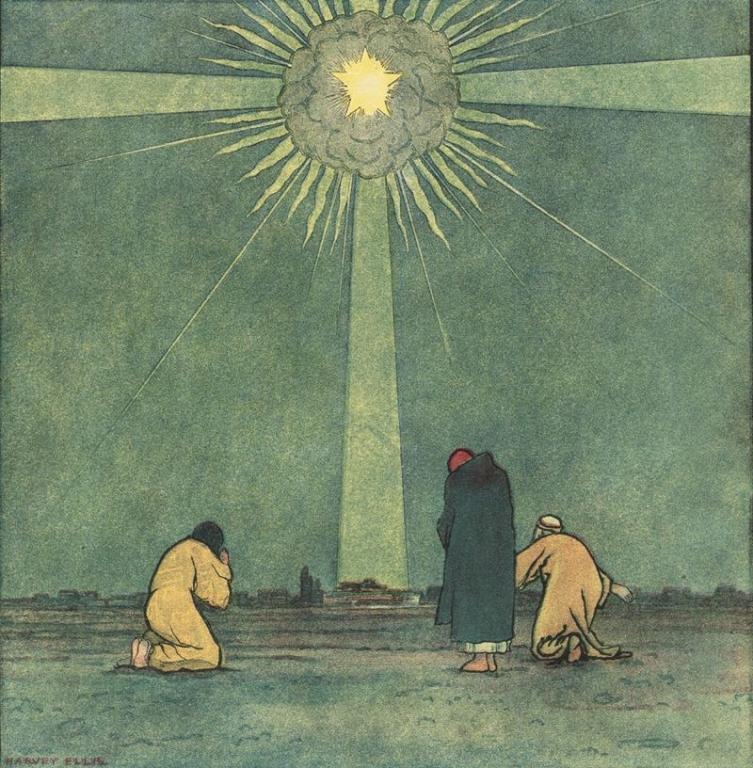
(Wikimedia Commons public domain image)
I’ve already been sharing favorite Christmas carols with you here, and I’ll continue to do that. but I also plan to offer at least a couple of my favorite Christmas poems. The first of them is “Journey of the Magi,” by T. S. Eliot (1888-1965), who, for whatever it might be worth, won the 1948 Nobel Prize for Literature. Among other elements in the poem, you will notice in it foreshadowings of the Christ child’s pre-ordained crucifixion (e.g., “three trees on the low sky” and “six hands at an open door dicing for pieces of silver”) and a notably sorrowful understanding of the Lord’s advent itself as a death sentence passed upon the old order of things:
A cold coming we had of it,
Just the worst time of the year
For a journey, and such a long journey:
The ways deep and the weather sharp,
The very dead of winter.’
And the camels galled, sore-footed, refractory,
Lying down in the melting snow.
There were times we regretted
The summer palaces on slopes, the terraces,
And the silken girls bringing sherbet.
Then the camel men cursing and grumbling
And running away, and wanting their liquor and women,
And the night-fires going out, and the lack of shelters,
And the cities hostile and the towns unfriendly
And the villages dirty and charging high prices:
A hard time we had of it.
At the end we preferred to travel all night,
Sleeping in snatches,
With the voices singing in our ears, saying
That this was all folly.Then at dawn we came down to a temperate valley,
Wet, below the snow line, smelling of vegetation;
With a running stream and a water-mill beating the darkness,
And three trees on the low sky,
And an old white horse galloped away in the meadow.
Then we came to a tavern with vine-leaves over the lintel,
Six hands at an open door dicing for pieces of silver,
And feet kicking the empty wine-skins,
But there was no information, and so we continued
And arrived at evening, not a moment too soon
Finding the place; it was (you may say) satisfactory.All this was a long time ago, I remember,
And I would do it again, but set down
This set down
This: were we led all that way for
Birth or Death? There was a Birth, certainly,
We had evidence and no doubt. I had seen birth and death,
But had thought they were different; this Birth was
Hard and bitter agony for us, like Death, our death.
We returned to our places, these Kingdoms,
But no longer at ease here, in the old dispensation,
With an alien people clutching their gods.
I should be glad of another death.
But now for today’s piece of music: Growing up, I never heard the Christmas song “Mary, Did You Know?” And for good reason: The lyrics, by Mark Lowry, were only written in 1984 and they were set to music only seven years later, in 1991, by Buddy Greene. But the song has come to be one of my favorites, and here it is in a beautiful performance by the a cappella vocal group Pentatonix: “Mary, Did You Know”
Posted from St. George, Utah


